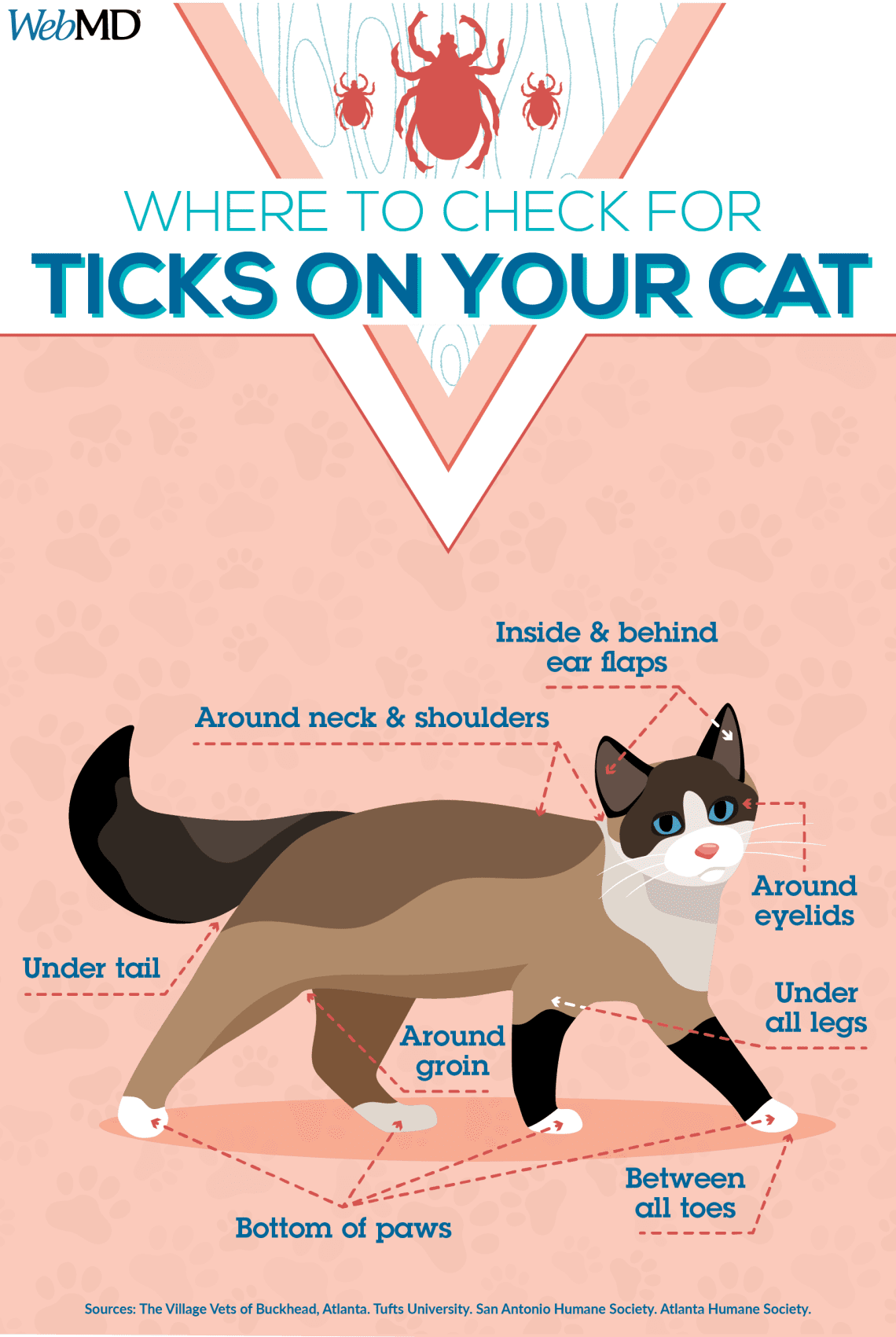
Are ticks dangerous for cats?
Are ticks dangerous for cats? There is a misconception that ticks are a threat to dogs and humans, but not to cats. It is a myth! Cats get sick less often, but their diseases are harder to diagnose and less well treated. Even a homebody pet needs constant monitoring and prevention.. Ticks boast a variety of species: scabies, ear, dust, etc. However, we will focus on one variety, the most dangerous – ixodid ticks, carriers of dangerous diseases. However, even these ticks – about 1000 species.
Contents
Where and when can a cat be bitten by a tick?
Ixodid ticks are active from early spring (March) to late autumn (November). Their favorite place of residence is bushes (moreover, they do not climb above 1 meter and, contrary to a common misconception, they do not jump on us from above) and grass. As a rule, they live in forests and parks, but you can also meet them on the lawn in the city center. Ticks usually lead a passive life: they sit and wait for the victim. But sometimes they go looking for themselves. Ticks are especially hungry (which means they are distinguished by increased viciousness) in autumn and spring. At risk, in the first place, are animals walking along the street. However, even if your pussy has never left the apartment, you should not relax – you can arrange for the parasite to be delivered to your home – for example, on clothes.
What does a tick look like?
The tick is somewhat reminiscent of a spider: an oval body, a small head and eight limbs. Females are larger than males. Ticks are armed with a proboscis with sharp teeth – they pierce the skin and suck out blood. At the time of the bite, saliva is injected into the wound, which has an analgesic effect and “concretes” around the proboscis. So the tick is securely fixed on the victim and can stay there for quite a long time – up to a month. And the longer it sits, the harder it is to pull it out. When the tick sucks blood, it becomes like a ball. And if a hungry tick, as a rule, is brown, black or dark brown, then a well-fed tick acquires a gray, pink or red hue. When the tick is saturated, it falls off.
Why are tick bites dangerous for cats?
The ixodid tick carries dangerous diseases (encephalitis, tularemia, typhus, hemorrhagic fever, piroplasmosis), and can also be a distributor of helminthic invasion. There is a misconception that ticks are dangerous for dogs and humans, but not for cats. This is a dangerous myth! Yes, cats get sick less often than dogs. But their diseases, at the same time, are more difficult to diagnose, which means they are treated worse. Due to a tick bite, a cat can become ill with piroplasmosis, hemobartonellosis (infectious anemia), theileriosis, borreliosis (Lyme disease), etc.
How to detect a tick on a cat?
When a tick lands on a prey, it first crawls to find a comfortable spot. As a rule, the tick sticks to the armpits, abdomen, ears, hind legs, and in cats – to the inguinal region. The tick can be seen with the naked eye. Since the bites themselves do not cause discomfort (due to pain-relieving enzymes), check your cat regularly. Run your hand under the coat, carefully feel it. Part the coat, comb it with a comb, you can blow it against the coat with a hair dryer. If the tick has just sucked, it will resemble a seed; if it has already eaten, it will resemble a pea.
How to remove a tick?
- Put on latex gloves. Wash your hands thoroughly after contact with a tick.
- It is not worth dripping with oil or other liquid – this will only accelerate the spread of infection in the body.
- Do not pull the tick in vain. If he gets scared, he will dig deeper into the skin and release more infection.
- It is advisable to remove the tick entirely. If you damage it, it will add a disease-causing fluid to the wound.
- Grasp the head of the parasite firmly with tweezers (as close to the skin as possible) and gently but surely pull it out. You can use a special tool (a curved stick with a notch) and unscrew (smoothly) clockwise. Some people use a thread loop, but this can damage the tick.
- If part of the head remains in the skin, don’t worry. As a rule, the cat’s body itself expels a foreign body (although sometimes this is accompanied by a small abscess).
- Treat the wound with an antiseptic (you can use hydrogen peroxide), but brilliant green or iodine will not work.
If you are afraid that you will not cope on your own, you should contact your veterinarian.
They removed the tick from the cat: the danger behind?
After removing the tick, keep an eye on the cat.
The incubation (latent) period of infectious diseases that it carries can be up to 3 weeks.
Monitor the health of the purr: temperature, appetite, activity.
Dangerous symptoms after a tick bite:
- temperature increase
- apathy, lethargy
- refusal of food
- weight loss, dehydration
- diarrhea, vomiting
- anemia (pale mucous membranes)
- shortness of breath, cough
- pinkish urine
If you are concerned about something, contact your veterinarian.
Can a cat be protected from ticks?
Prevention of tick bites is much more effective than the treatment of diseases caused by them. Currently, many means have been developed for protection against ticks. These are collars, sprays, drops on the withers. Be sure to see that the ixodid tick is indicated in the indications for the use of the remedy you have chosen. Keep in mind that each remedy has a period of validity. Do not forget that any drug is toxic, so pay attention to contraindications. Risk group: animals that have had a disease or are at the stage of recovery, pregnant or lactating cats, kittens. If the drug has caused poisoning or allergies, contact your veterinarian immediately.
ПRemember that products for dogs are not suitable for treating cats!
If you choose a collar, lightly wash it after opening the package, put it on the cat (it is important that 2 fingers pass between the collar and the neck), fasten the end of the tape, cut off the excess. If a cat licks the collar, it can get poisoned. There is also a danger of catching on a fence, a nail, a branch. The collar is not removed all the time while it is in effect. Sprays are applied to the entire body of the cat (as indicated in the instructions). But until the preparation dries, do not let the cat lick you! Drops at the withers are poured from a pipette dispenser into one point. The active substance will accumulate in the sebaceous glands and epidermis. Remember that no tool guarantees 100% protection! A tick can still bite a cat, but the risk of infection is greatly reduced. But even the use of the most reliable drugs will not free you from the need to regularly examine your pets and monitor their well-being.





